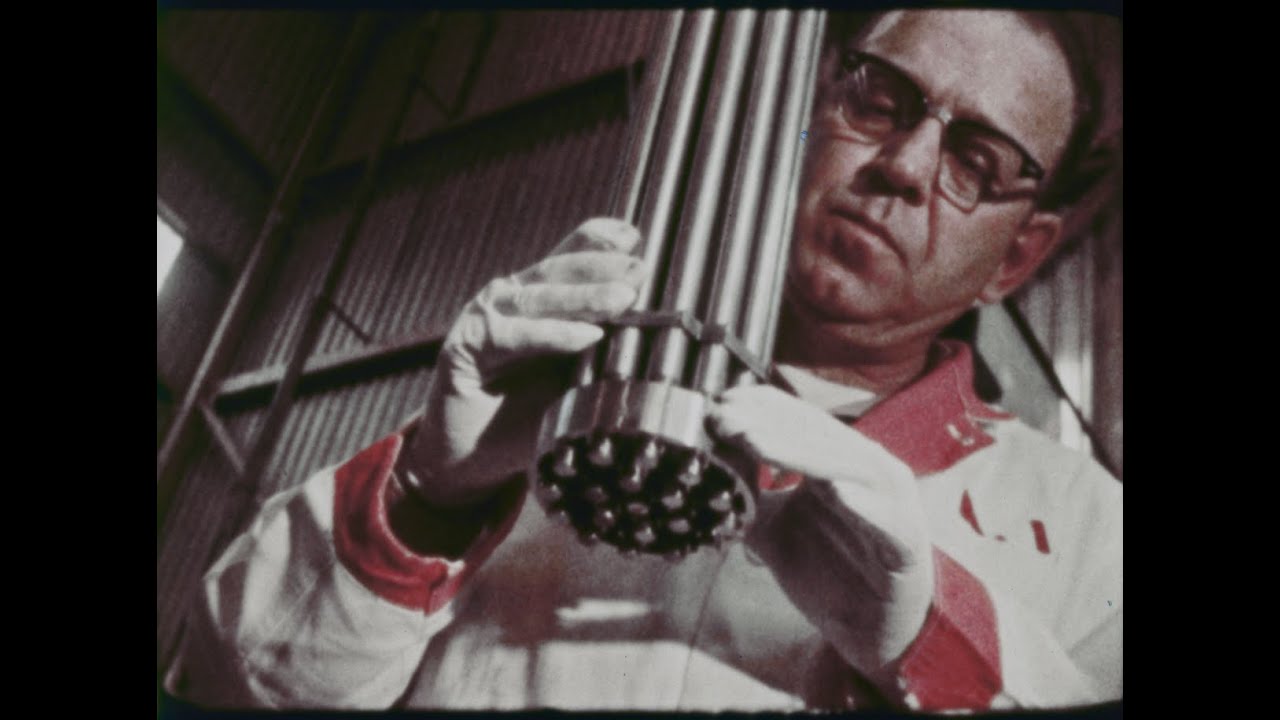The Hallam Nuclear Power Facility was a joint project by the U.S. Atomic Energy Commission (AEC) and the Consumers Public Power District of the U.S. state of Nebraska. The reactor was designed and built under the AEC’s Power Demonstration Reactor Program and was intended to demonstrate the new technology of a graphite-moderated reactor with liquid sodium metal coolant. Although sodium coolant is usually associated with fast breeder reactors, this was a conventional reactor using uranium enriched only to 3.6% U-235 with graphite as the neutron moderator. The sodium coolant allowed generation of steam in heat exchangers at a temperature compatible with fossil fuel power plants, allowing use of identical steam turbines and generators. The graphite-sodium design would be compatible with the thorium breeder fuel cycle, but this was never tested in the plant. Because the sodium coolant system operated at low pressure, the reactor was considered not to require a containment structure as used with light water reactors.
As a demonstration project, the reactor was of modest size, generating only 75 megawatts of electricity. It achieved full power in July 1963 and operated until 1966 (with a shutdown in 1964 to fix reactor problems). In 1966, Consumers Public Power District declined to exercise an option to buy the plant from the AEC and decommissioning began. The plant supplied power to the grid for 6,271 hours, delivering a total of 192.5 gigawatt hours of power to the grid.
Decommissioning of the site was completed in 1969, with the reactor entombed underground. Monitoring of the site for release of radioactivity is scheduled to continue until 2090.
A coal-fired power plant now operates at the site, generating a total of 225 megawatts from two units, burning 139 tons of coal per hour.
